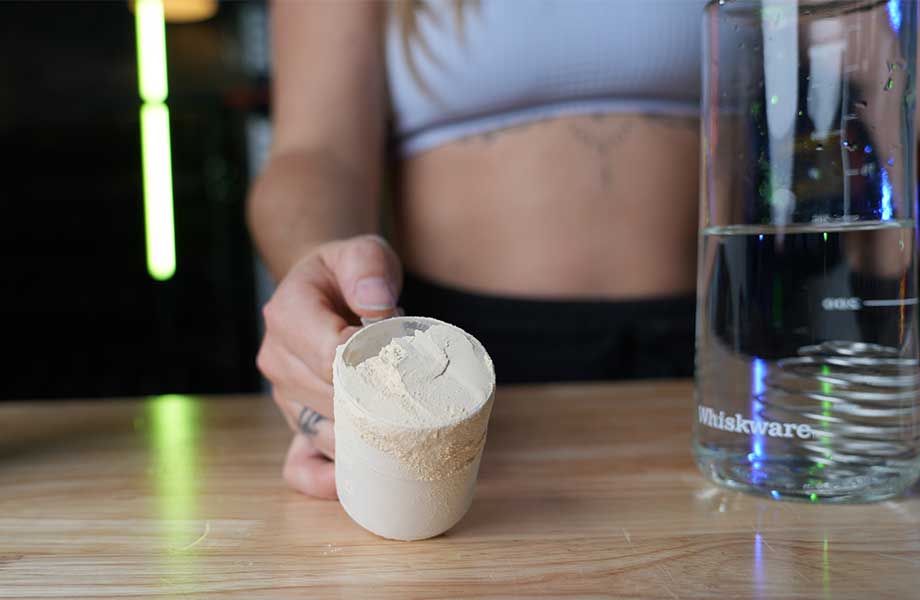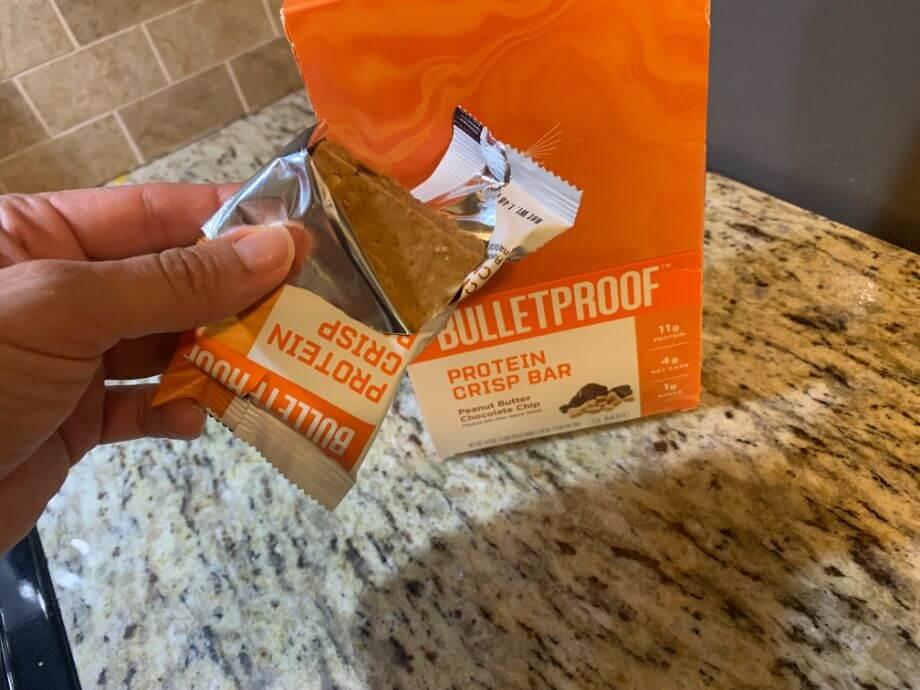Protein powder is not just for athletes and bodybuilders. Regardless of your athletic abilities, consuming protein can help muscle protein synthesis (aka muscle growth). Plus, protein intake is essential for folks of all ages, especially for growing kids and older adults.
If you’re not familiar with protein as a dietary supplement, we’ve put together a guide to answer the question: How is protein powder made? While there are different types of protein powder (including plant-based protein powders and animal-based proteins) all of them start with raw materials and ingredients and go through a manufacturing process to get the final protein supplement product in powder form.
RELATED: Best Protein Powder for Muscle Gain
Medical disclaimer: This article is intended for educational and informational purposes only. It is not intended as a substitute for medical advice. For health advice, contact a licensed healthcare provider.
Protein Extraction Process
Raw ingredients like milk, eggs, peas, and soybeans undergo unique extraction processes to separate the proteins from the non-protein components. In this guide to how protein powder is made, you’ll see these components also referred to as microstructures, which are basically elements that are clearly identifiable under a microscope. Proteins, carbohydrates, fats, and water are the most common microstructures we’ll discuss in this guide.
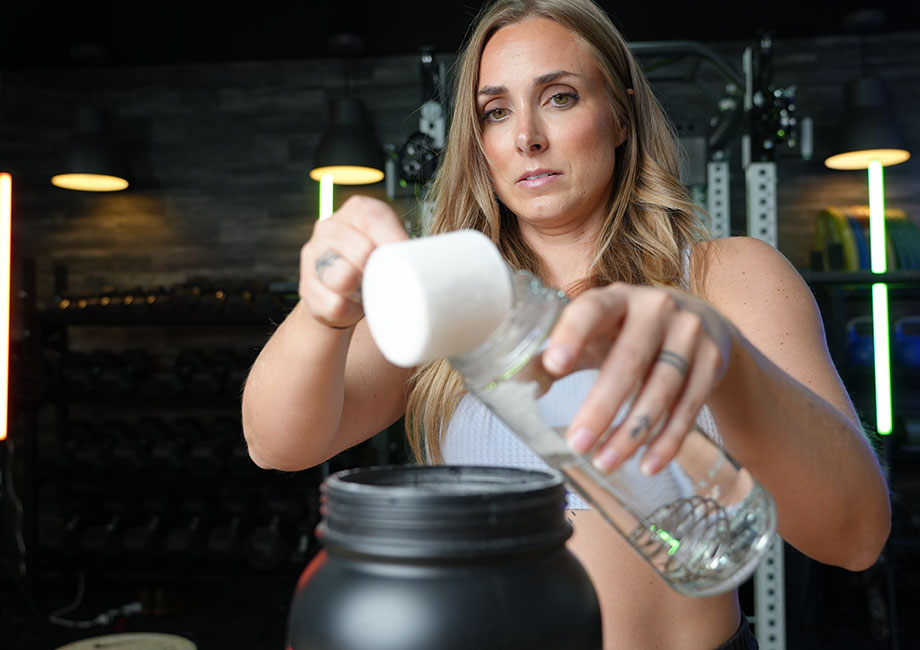
The extraction process either creates a protein concentrate or is further refined to a protein isolate. Protein isolates are essentially the purest form of protein with almost no other non-protein components like fats or carbs.
RELATED: How Much Protein Do I Need?
Here’s what to expect about the extraction process for casein, whey, egg, pea, rice, and hemp proteins:
Casein and Whey Protein Powder
Proteins are one of cow milk’s most dominant microstructures1 and two different sources of protein are derived from cow’s milk: whey and casein protein powders.
During the pasteurization process, enzymes are added to the milk, which makes it curdle. The casein proteins coagulate into solid masses while the whey remains a liquid.
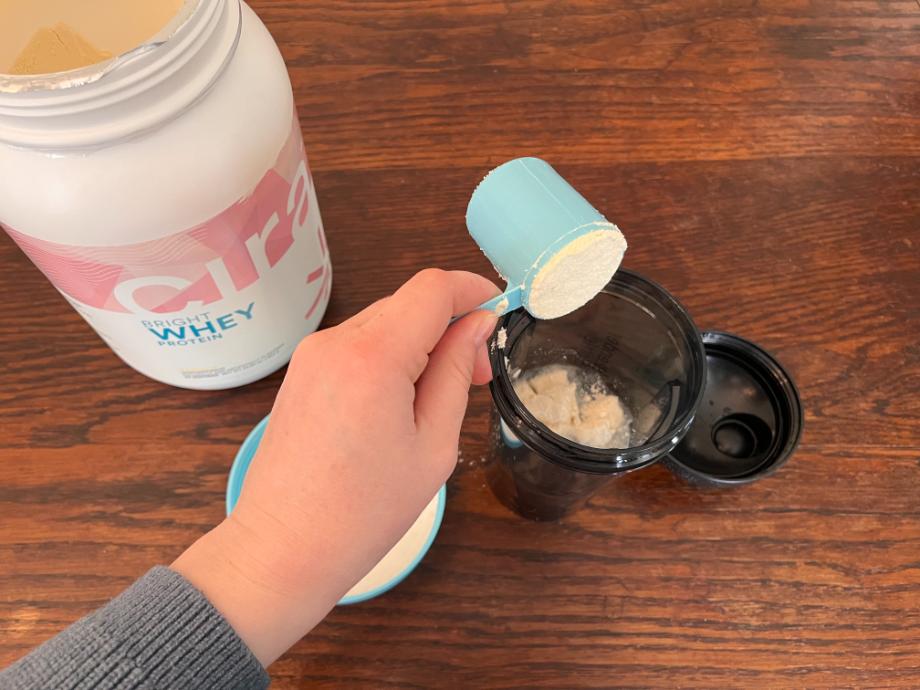
The casein curdles are strained out to either make the best casein protein powder or used for the cheese-making process (like cottage cheese or curds). The remaining liquid whey gets spray-dried for whey protein concentrate or further refined for whey protein isolate. Whey is also a common source of protein for some of the best protein bars on the market.
Both protein casein and whey have all nine essential amino acids and are high in calcium.
Egg Protein Powder
Egg protein is made from chicken egg whites. The egg whites are separated from the yolks, pressed, and dehydrated. Without the yolk, the egg white is pretty much a gel-like vessel for protein microstructures2. Egg whites are practically void of carbohydrates and fats, but offer all nine essential amino acids, just like milk-derived proteins.
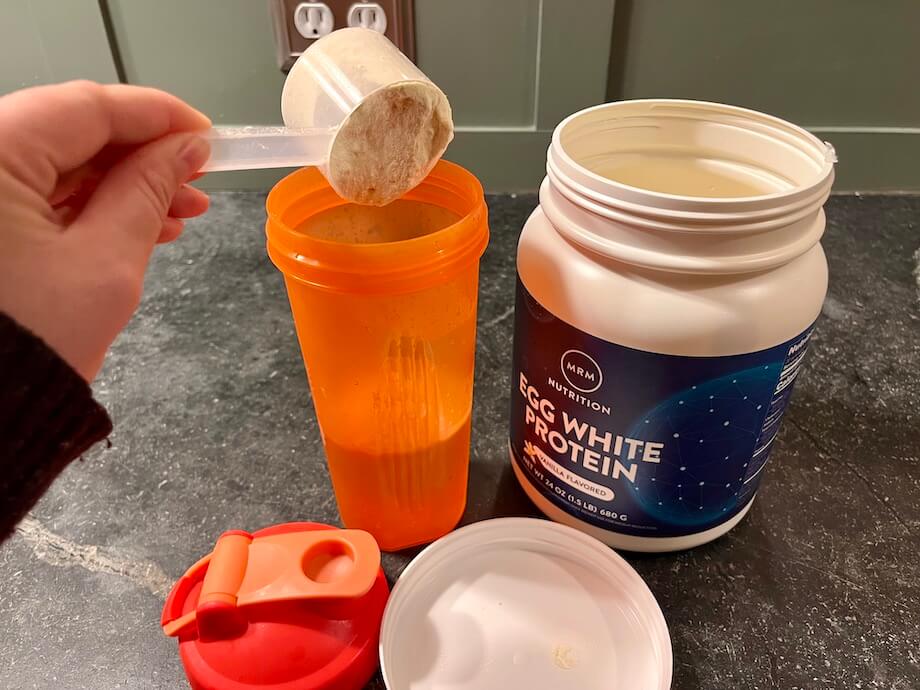
Egg white protein powder is an excellent source of protein for folks with lactose intolerance. You may notice that egg protein foams quite a bit more than whey, but it’s a natural property of egg whites. Check out our top picks in our best egg white protein powder roundup to find one that suits you.
Pea Protein Powder
The best pea protein powders are made from yellow split peas and are popular among vegans and folks with lactose intolerance or gluten sensitivity. Even non-vegans are using pea protein due to the fact it’s free from most major allergens.
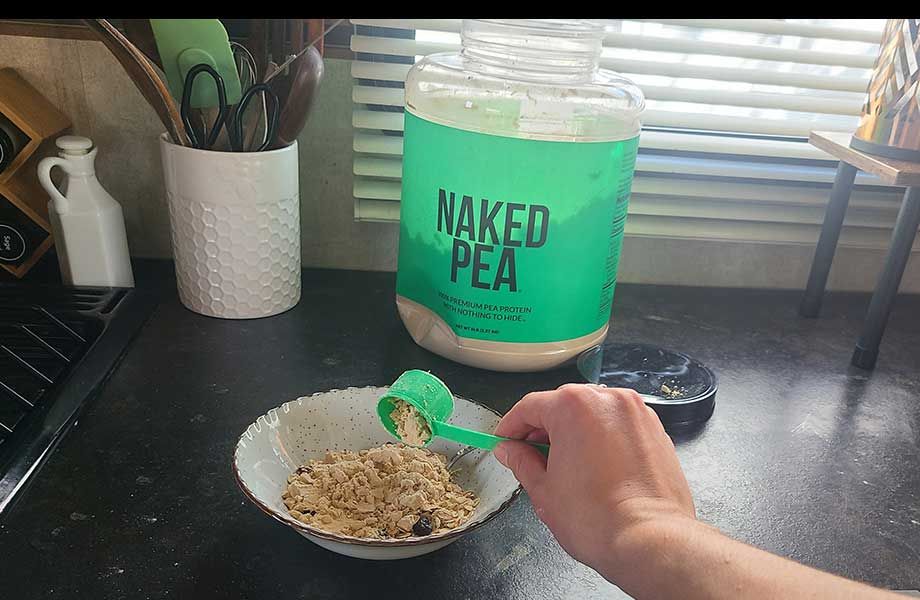
The process of extracting the proteins from yellow peas is called fractionation3, which essentially means separating or dividing. The manufacturing process separates the proteins from the other microstructures in the peas.
There are a few levels and methods of fractionation, with each method producing a different product4 (with a different protein content). A wet separation process produces pea flour, a dry separation process produces pea protein concentrate, and a mild fraction process produces pea protein isolate (which has the most protein content of all the processes).
Soy Protein Powder
The best soy protein powders are made from dehulled, flaked, and defatted soybeans. The flaked soybeans are then further processed into either a soy protein concentrate or isolate5. For a protein concentrate, the process uses ethanol or acidic water to remove flavors and sugars from the soy. To create a protein isolate, even more fiber needs to be extracted through a drying process.
Soy protein is a popular choice for vegans and vegetarians because it’s one of the only complete protein sources from plants, containing all nine essential amino acids.

Brown Rice Protein
To transform grains of brown rice into protein powder, the rice is first soaked in water, then enzymes are added to separate the proteins from the carbs. A filtration process sifts water, minerals, and other non-protein components. The protein’s microstructures are too big to pass through the filter and leave behind a protein product that will either be used for protein concentrate or further purified to make a protein isolate6.
Brown rice is not a complete protein because it doesn’t contain all nine essential amino acids. However, it’s often combined with pea protein to create one of the best vegan protein powder combinations.
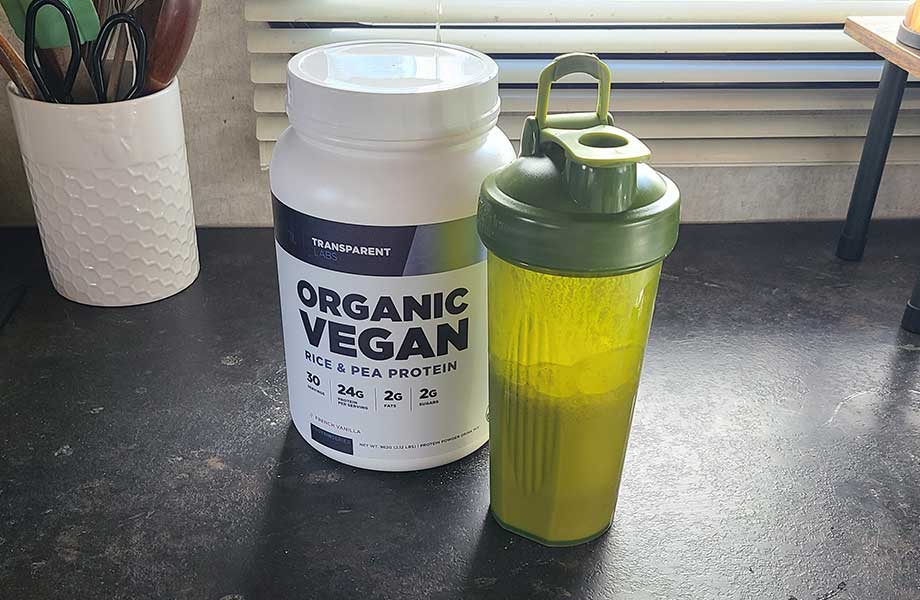
Hemp Protein Powder
Hemp is another plant-based complete protein source with a full profile of amino acids. Hemp is also ideal for folks with egg, wheat, dairy, or legume allergies.
The microstructure of hemp7 varies, but each seed contains about 23% protein, 30% oil, 40% fiber, and about 7% moisture. The extracting process starts by hulling the hemp seeds, cold-pressing seeds to extract oil, and then milling the remaining product. Additional filtering is used to reduce fiber to increase purity and protein content.
RELATED: Best Hemp Protein Powder
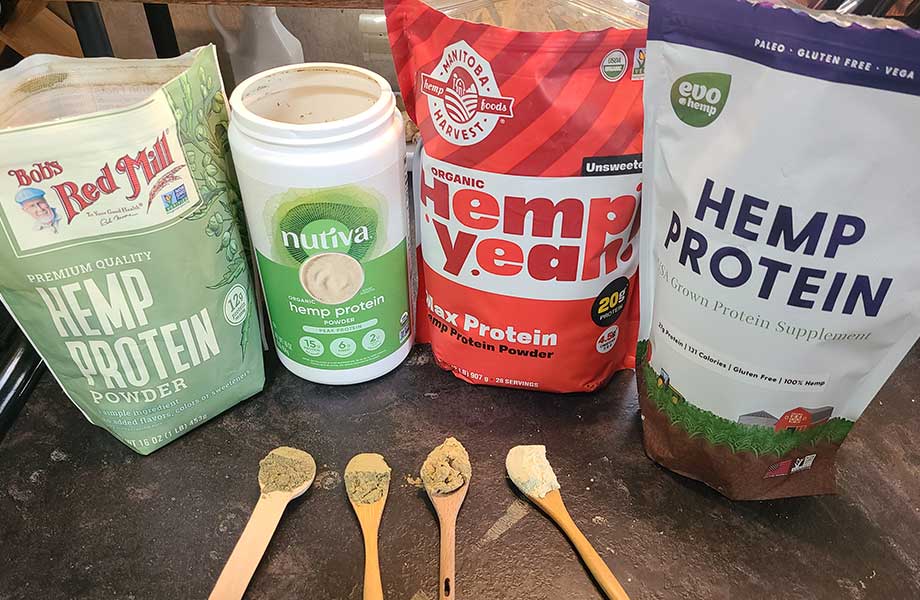
Other Considerations On How Is Protein Powder Made
Because protein powders and dietary supplements are not regulated by the FDA, we understand that after animal and plant sources go through an extensive manufacturing process you may be wary of nutrition label accuracy, food additives, and contaminants like heavy metals and pesticides.
To help ease these concerns, Garage Gym Reviews partnered with an independent accredited lab to test over 150 protein powders for purity and label accuracy. Our best protein powder roundup not only features our favorite proteins, but the lab results for most of our top picks.
How Is Protein Powder Made? Final Thoughts
To get a protein powder, food scientists and manufacturers start with a whole food and separate the proteins from other microstructures of the raw ingredients. Each type of protein requires a different separation method to extract the protein from the other compounds and end up with a pure protein powder.
How Is Protein Powder Made? FAQs
Is protein powder made out of mealworms?
Protein powders are mainly sourced from milk, eggs, peas, soybeans, and hemp. If a protein powder is made from insects, it will be clearly labeled.
How do they turn protein into a powder?
Raw ingredients go through unique processes to break down the proteins from the non-protein components (like carbs, fats, and water).
What is the main source of protein powder?
Protein powders are mainly sourced from dairy (whey and casein), egg whites, yellow peas, soybeans, and hemp seeds.
How is protein powder made from animals?
Animal-based protein powders are sourced either from cow’s milk or egg whites from chicken eggs.
These statements have not been evaluated by the Food and Drug Administration. This product is not intended to diagnose, treat, cure, or prevent any diseases.
References
- D.A. Goulding, P.F. Fox, J.A. O’Mahony. Milk Proteins (Third Edition). Academic Press. 2020. https://doi.org/10.1016/B978-0-12-815251-5.00002-5.
- T. Strixner, U. Kulozik. In Woodhead Publishing Series in Food Science, Technology and Nutrition. Handbook of Food Proteins. 2011. https://doi.org/10.1533/9780857093639.150.
- Lie-Piang A, Yang J, Schutyser MAI, Nikiforidis CV, Boom RM. Mild Fractionation for More Sustainable Food Ingredients. Annu Rev Food Sci Technol. 2023 Mar 27;14:473-493. doi: 10.1146/annurev-food-060721-024052. PMID: 36972157.
- Fatma Boukid, Cristina M. Rosell, Massimo Castellari. Pea protein ingredients: A mainstream ingredient to (re)formulate innovative foods and beverages. Trends in Food Science & Technology. 2021. https://doi.org/10.1016/j.tifs.2021.02.040.
- Lusas EW, Riaz MN. Soy protein products: processing and use. J Nutr. 1995 Mar;125(3 Suppl):573S-580S. doi: 10.1093/jn/125.3_Suppl.573S. PMID: 7884536.
- Kalman DS. Amino Acid Composition of an Organic Brown Rice Protein Concentrate and Isolate Compared to Soy and Whey Concentrates and Isolates. Foods. 2014;3(3):394-402. Published 2014 Jun 30. doi:10.3390/foods3030394
- El-Sohaimy SA, Androsova NV, Toshev AD, El Enshasy HA. Nutritional Quality, Chemical, and Functional Characteristics of Hemp (Cannabis sativa ssp. sativa) Protein Isolate. Plants (Basel). 2022;11(21):2825. Published 2022 Oct 24. doi:10.3390/plants11212825


